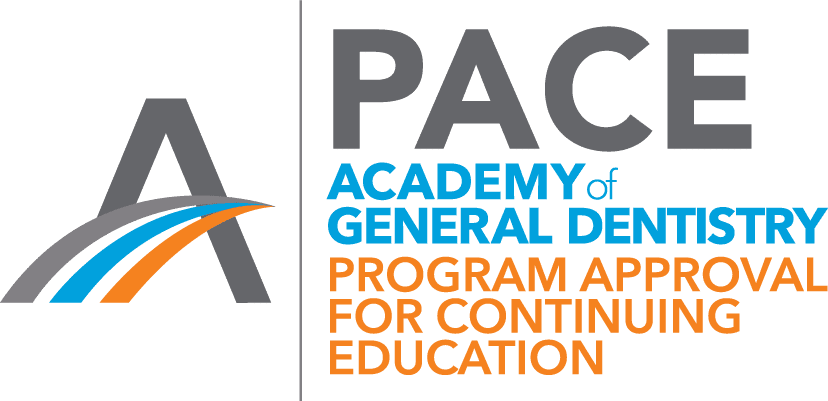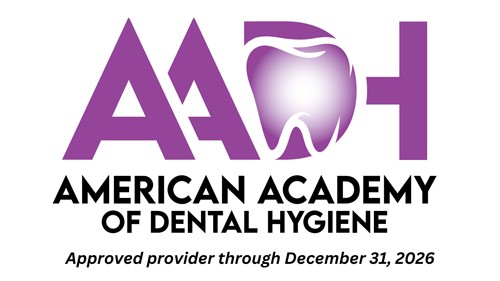This course is now closed. We apologize for any inconvenience.
Educational objectives
- Identify pediatric patients who are at high risk for caries based on past and present circumstances and their need for fluoride to aid in caries prevention and maintenance
- Perform proper fluoride treatments on pediatric patients
- Identify the many available options for fluoride implementation
- Summarize systemic and supplemental fluoride methods along with their effects anatomically
Abstract
Pediatric dental caries is a preventable oral disease affecting both hard and soft tissues. Children’s positive oral health outcomes start with parental education prior to birth. After birth, without proper education, poor diet and home care could result in high levels of Streptococcus mutans, the bacteria commonly found in caries. These circumstances, along with residing in a nonfluoridated community, can compromise the oral and overall health of children and adolescents. Fluoride can set children up with a promising dental future. Clinicians must provide a strong foundation of patient education during and after pregnancy with multiple fluoride treatment options that will prevent disease and maintain healthy deciduous, mixed, and permanent dentition.
Image credit: 1140254921 © Onfokus | gettyimages.com
Quick Access Code: 22112






